When you think about seizures, the chances are that you don’t automatically associate the term with your pet fish. However, have you noticed that your fish is twitching, moving strangely, or experiencing bodily spasms? If you answered yes, there’s a good chance that your fish was having a seizure.
Many believe that fish cannot have seizures, but we’re here to debunk that myth and tell you that they can. It can be scary to watch your fish go through a traumatic experience like that, but thankfully, we’re here to help you. This informative guide will walk you through what a fish seizure looks like, why it happens, and how to calm a fish down once the episode is over.
Table of Contents
Fish Seizure – What is It?
To answer this question, we first need to look at seizures themselves. When a seizure occurs, some electric activity occurs in the brain that is uncontrollable. Every creature’s brain has neurons firing in it at all times. The difference between regular brain activity and a seizure is that this uncontrollable electric activity causes an abnormal bodily reaction. A human, animal, or fish could experience twitching, spasms, or even stiffness.
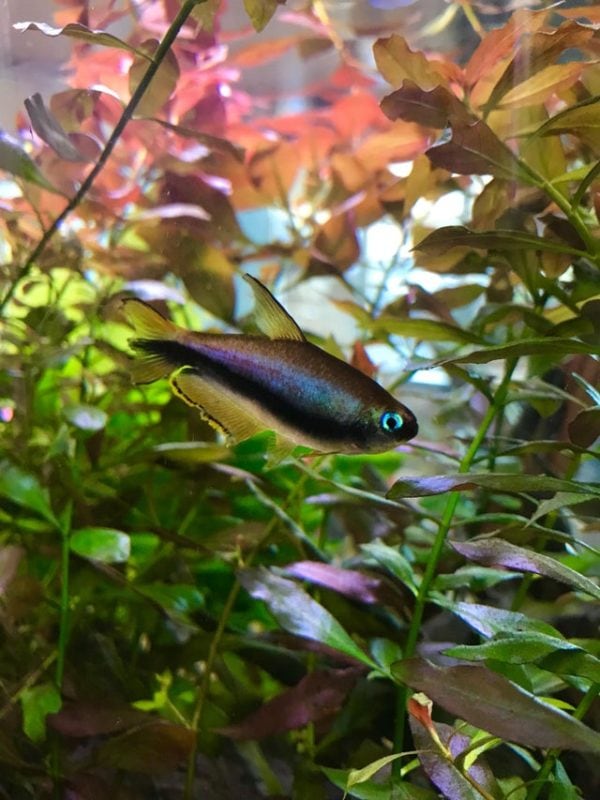
When a fish has a seizure, you will most likely notice that its body is twitching or moving uncontrollably in an unnatural way. Ultimately, your fish’s bodily movements will be erratic and out of the ordinary.
It’s important to remember that when your fish starts to act differently, you must take note of its movements and keep a close on it. Observing its behavior will help you identify whether your fish is tired or having a seizure.;
Can Fish Have Seizures – Experts View
Unfortunately, marine biologists and scientists haven’t conducted much research on this topic. However, many fish owners across the internet have discovered through simple observation that it is, in fact, possible for a fish to have a seizure. Since there isn’t much information to clarify such claims, fish owners have shared information and instances that they have witnessed based on various factors that corresponded to their situations. Stay tuned for said factors later in the article!
From our research, we’ve deduced that scientists have been able to elicit seizures in fish. However, we’d like you to take note that the elicitation of the seizures was conducted in the name of medical research. Scientists have also elicited seizures to better understand the fish’s physical response to forced trauma in one study. They aimed to study how said trauma affected the taste and meat quality in fish that humans typically eat at restaurants.
What Happens Before A Seizure?
Seizures are frightening to witness, especially when they happen to fish. While it is hard to say what happens before a seizure accurately, we recommend watching out for some of the following factors to see how your fish reacts to them. We’re suggesting the following, especially if you sense that your fish is sick or behaving differently than usual.
- Your fish might start swimming differently, in circles, or more slowly.
- They will appear tired.
- They won’t eat properly.
What Are Some Signs of Seizures?
When you start to suspect that your fish has been having seizures, make sure that you pay attention to some of the following factors:
Appetite loss
If your fish isn’t eating the way it usually does, the chances are that it feels sick and uneasy. Many noted that when their fish had seizures, they refused to eat or ate very little.
Listless behavior
When your fish is listless and isn’t showing interest in swimming around the tank or interacting with other fish, it is another indicator of a seizure.
A different way of swimming
One of the most noticeable seizure symptoms is when there is a change in your fish’s swimming pattern. While every fish’s swimming pattern and style differs, you will notice it swimming differently. For instance, your fish might be swimming more slowly, in circles, or its fin movements might be awkward and clumsy. Additionally, if you notice your fish swimming in circles, make sure that you pay attention to its head. This is because its head could be drooping towards the bottom of the tank.
Reasons Behind the Seizure
Here are some of the reasons that your fish could be having a seizure:
The water quality in the fish tank
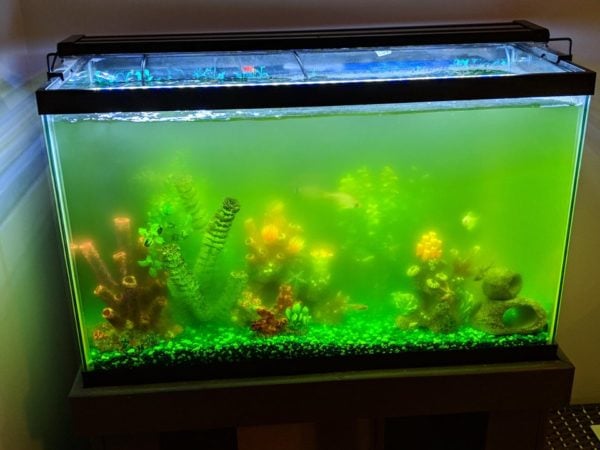
When you notice your fish start to act differently, one of the first things we’d recommend checking is the water quality. If you haven’t changed the water in a long time, its quality goes down, thus causing your fish to feel sick or tired. Before a seizure occurs, check the water quality.
Your fish might be stressed.
If your fish shows signs of being stressed, you might want to consider darkening the tank or eliminating loud noises. For instance, if your aquarium is in the same room as television or where you play loud video games, we’d suggest taking a break from them and letting the fish sit in a dim and quiet room. By allowing the fish to calm down for a bit in a quiet and dim room, you could help lower its stress levels.
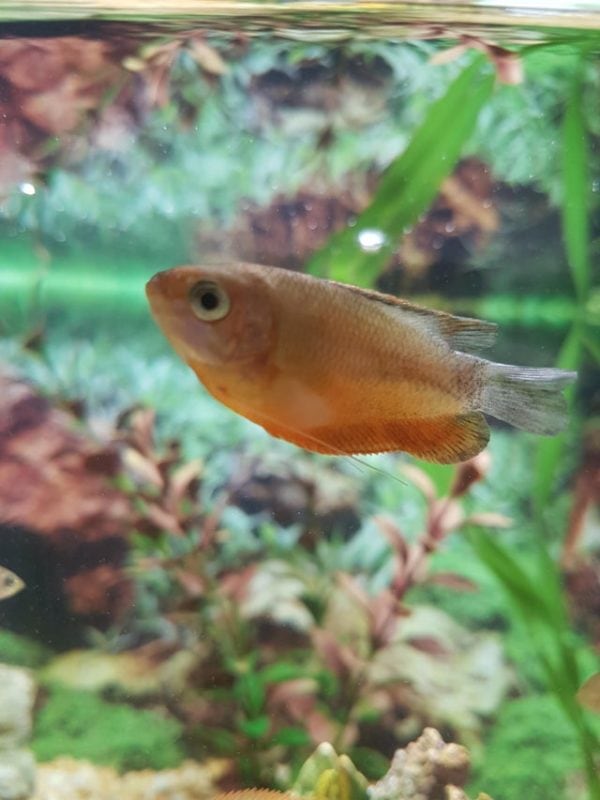
Please don’t sit next to the tank constantly or approach the fish in an attempt to interact or engage with them. Doing so could stress them out even more and cause a seizure. Instead, dim or switch off the lights and let the fish sit. Try and interact with them after an hour and see if they have improved.
Low oxygen levels in the tank
Another common cause of seizures in fish is when the oxygen levels in the tank are extremely low. Unfortunately, there are times when gases tend to build up because the aquarium isn’t appropriately aerated. If your tank doesn’t have a proper aeration system, nitrate levels increase. Additionally, using a carbon filter will eliminate oxygen from the water and causes the fish to feel lightheaded and suffocate. If your tank is adequately filtered and has a proper aeration system but is overcrowded, oxygen levels could drop.
When a fish tank has too many fish and plants, ammonia levels increase, and oxygen levels decrease.
A temperature change.
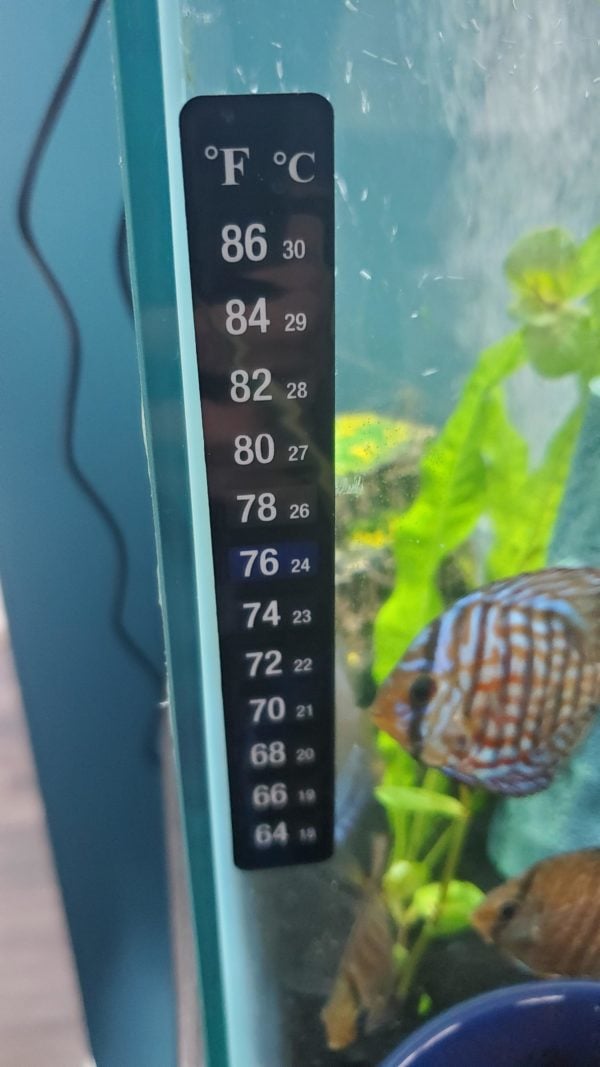
While human beings react to changes in weather and temperature relatively well, a fish in an aquarium isn’t as lucky! If you live in an area that struggles with regular power outages, your fish are probably struggling. Sudden temperature changes can cause pH levels to change and oxygen levels to drop. If your fish are used to cool water, a sudden change in weather could cause them to feel shocked, thus resulting in a seizure.
To prevent your fish from experiencing seizures, it would be best to closely monitor the aquarium’s environment. You will need to change the water regularly, aerate the tank properly, and watch the nitrate levels.
Bacterial or fungal infections
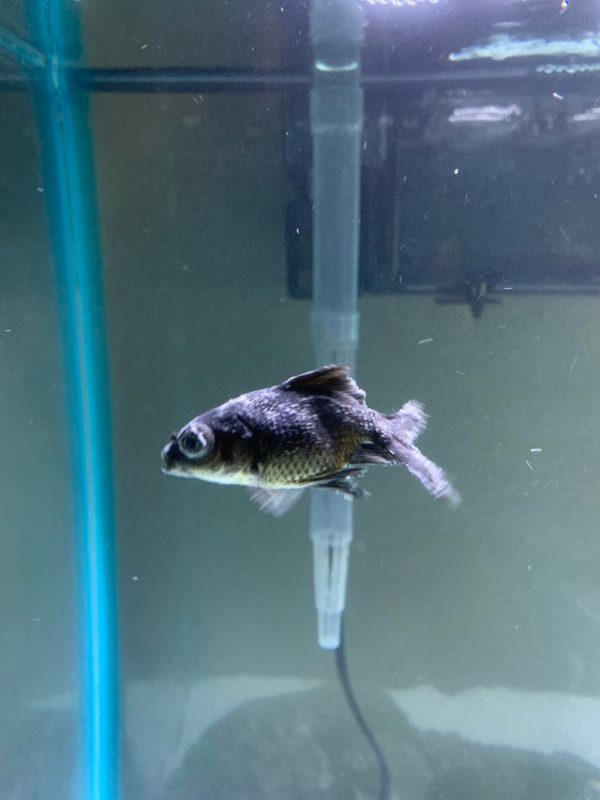
Another common cause of seizures in fish is an infection caused by fungi or bacteria. These parasites could get transferred into the fish tank through water or by replacing the substrate with new material. Since bacteria or fungi can quickly enter the fish’s system and disrupt its immunity, the fish could react by having a seizure.
Calming Down Your Fish from a Seizure?
After a fish has a seizure, they are going through lots of physical destress and will be feeling uncomfortable. Here’s a list of ways to calm your fish down from an episode.
Clean their space

Since your fish will be swimming around and trying to make sense of its surroundings, one of the best things to do is clear the space around it. Doing this ensures that the fish has a clear space to move around without worrying too much about bumping into anything.
Check the water temperature
Make sure that you check the water temperature as soon as the fish has come out of the seizure episode. If the temperature is too high or low, it could cause the fish to go into shock.
Check the parameters of the water
To calm your fish down, it would be best to check the parameters of the water immediately. This means that you need to look at the nitrate and phosphate levels, pH levels, and oxygen. Additionally, you need to test the water to make sure that there aren’t any infectious bacteria lurking, that could cause more seizures in the future.
Refrain from interacting with the fish
Even though you might want to sit next to the tank or tap the walls, it would be best not to do so. By trying to interact with your fish, your well-meaning attempts could cause it to have a second seizure or feel shocked. Therefore, let the fish calm down for a while instead.
Conclusion
In this article, we walked you through all the possibilities of what could a fish to have a seizure. A medical emergency of any sort is scary, and seizures are no different. Now that our guide has walked you through the causes and outcomes of a fish seizure, you know what to do and how to react the next time it happens! However, we hope your fish never have seizures again.
